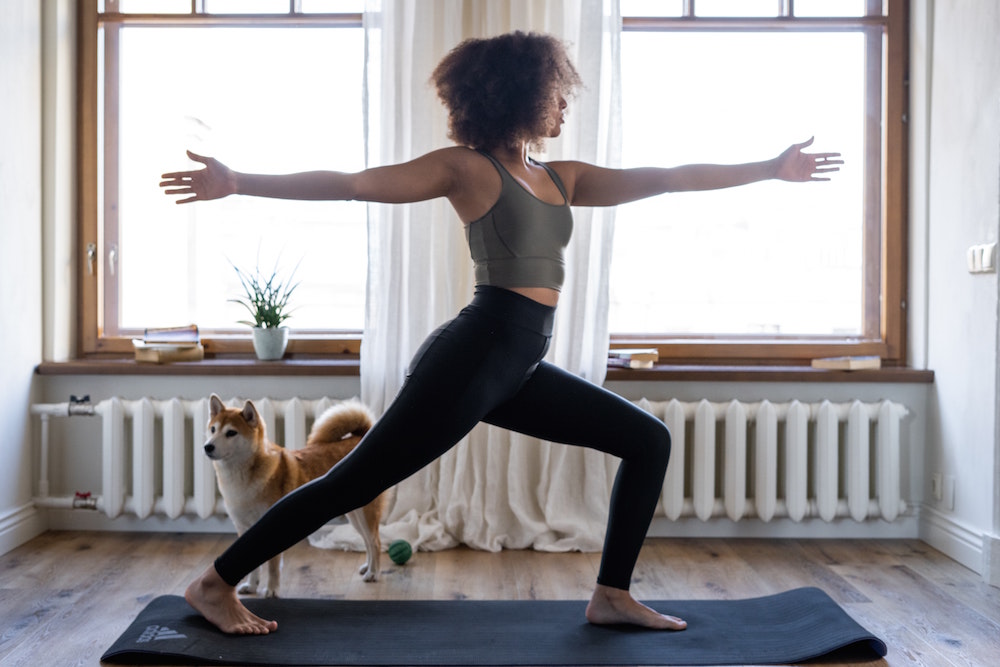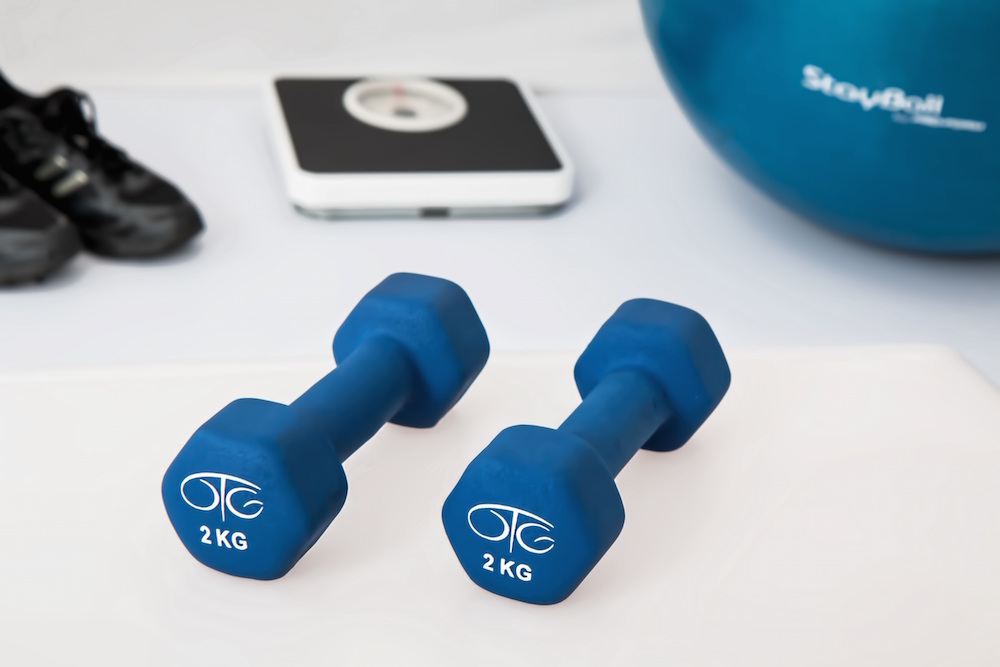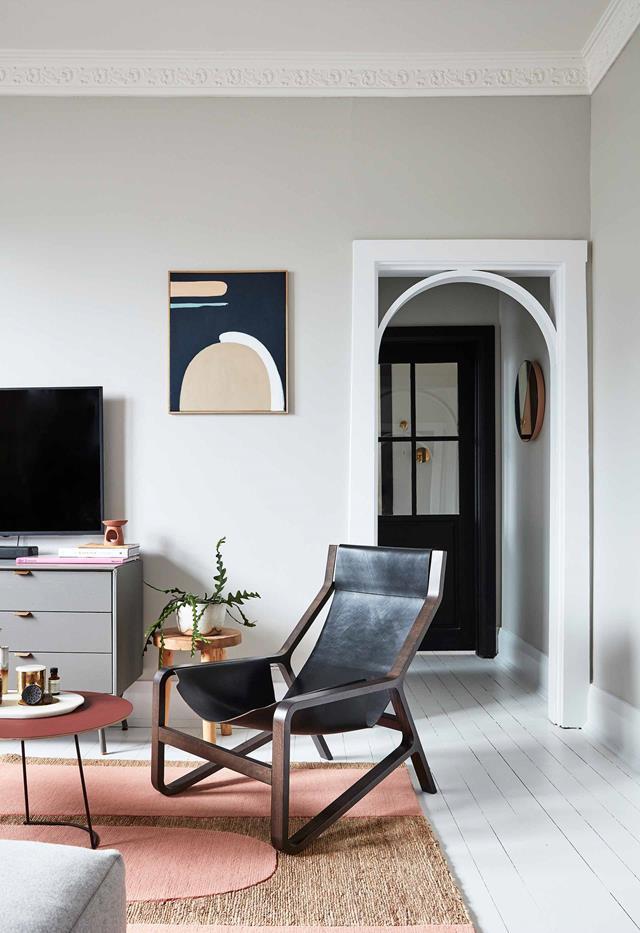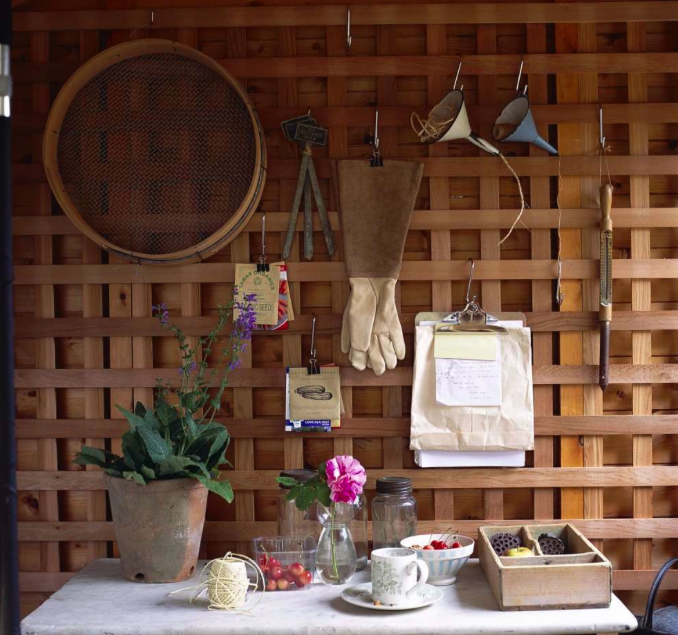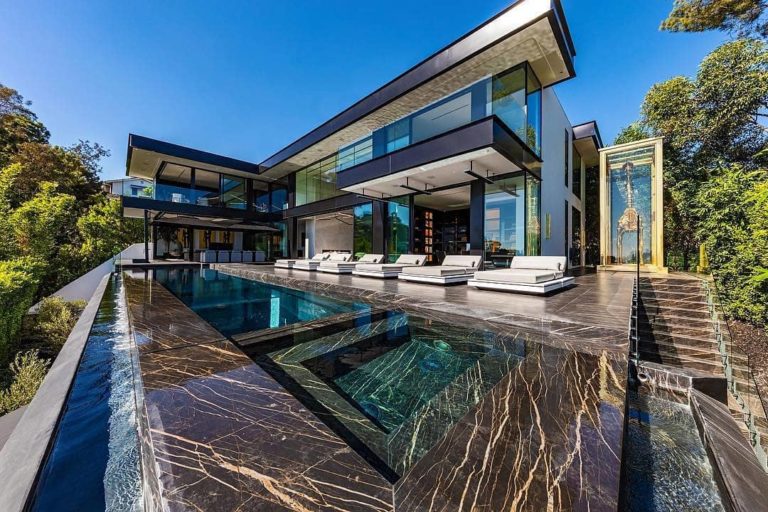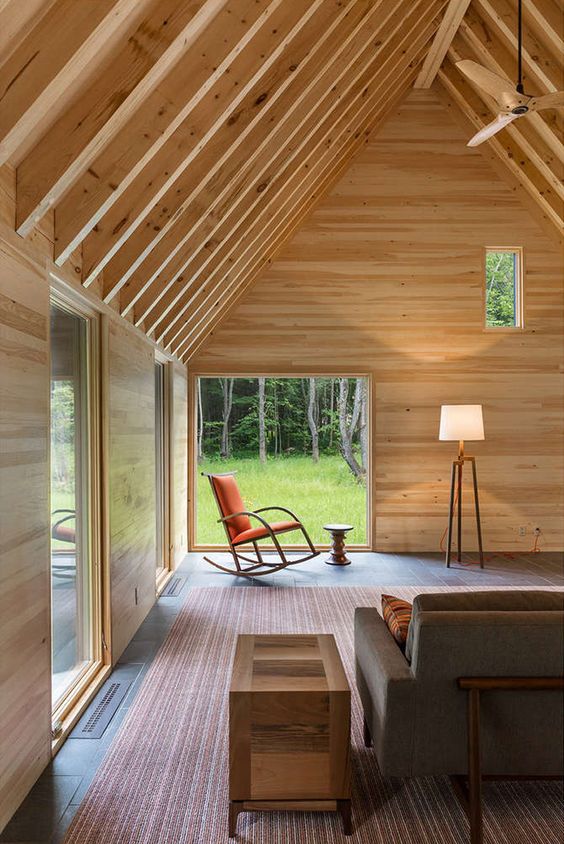How to Design A Home Gym for a Less Spacious Apartment
We are all looking for the best ways to stay fit and live healthier, more active lives. Diet, a positive mindset, and the right amount of quality sleep are all vital for achieving our health and fitness goals, but the most important factor is doing enough effective exercise. These days, the gym and fitness center industry is a hugely valuable business and there are hundreds of options in every town and city. Whilst many people still choose to sign up for a professional, dedicated gym, there are a significant number of people who are turning to home workouts to get their daily exercise in.
There are many benefits to working out at homes such as time saved commuting, more money in your pocket from not paying expensive gym membership fees, and the convenience of not having to share equipment with other people. Many people wrongly think that setting up a gym is a costly, difficult task which is only possible for people with a big house, but this is far from the truth.
To help everyone with limited space who is looking to set up their own fitness hub here is how to design a home gym for a less spacious apartment.
1. Choose the Best Room in Your Apartment
The first thing you need to consider when designing a gym in a less spacious apartment is to choose which room is best for accommodating all of the equipment. The fitness folks at this homepage explain that this will often depend on whether you live alone or whether there are some shared spaces in your apartment where you have to consider the needs of your roommates or family members. In most apartments, the biggest space will usually be the living room, and if you live alone, this is often the best space to set up your home gym. The great thing about working out in your living room is that you can exercise whilst watching the TV or listening to music which can give you the energy you need to get a serious pump on and achieve some serious results.
2. Identify Your Fitness Goals
The next thing you need to do is to identify your fitness goals because this will go a long way to helping you decide what equipment you need and the ideal space that is required for setting up that equipment. No two people are the same and so no two sets of fitness goals are the same. If you are looking to lose weight, then you will need to focus on mainly cardio activities with an emphasis on intense fat burning exercises. If, on the other hand, you are looking to build muscle then you will need to focus on lifting heavyweights.
3. Work out the Best Home Exercise Routines
Obviously, one of the main downsides to working out at home rather than in a purpose-built gym is that there aren’t any personal trainers or gym staff to help you devise the best workout routine to achieve your fitness goals. These days, however, this is less of a problem than you might imagine due to the huge number of online training programs and YouTube fitness experts to guide you through your routine. Once you have identified your fitness goals, search online for a trainer who specializes in achieving those goals at home and they will be able to explain exactly what equipment and workout routine you will need for your home gym.
4. Match the Equipment with Your Goals and Routine
The whole purpose of the first three steps is to enable you to design the perfect home gym which is optimized for space efficiency. Many people think that they cannot set up their own home gym because they have seen how much equipment their professional gym has, but once you have identified your goals and the right program to achieve them, you will find that you need far less equipment than you originally thought. By setting up only the specific equipment you need, you will be able to create an effective home gym that has everything you need in a fraction of the space which you previously expected.
There are so many benefits from working out at home, and as so many people have found during the enforced quarantines of the Covid-19 Pandemic, you can get a really effective workout without leaving your house. It is all about planning your space, routines, and equipment to make the most of your home gym’s potential. Despite common misconceptions, you don’t need loads of expensive equipment to get an effective, full-body workout as long as you are methodical about your preparation. If you are looking to design your own home gym with limited space in your apartment, follow this guide and you will be able to create a real exercise haven.

